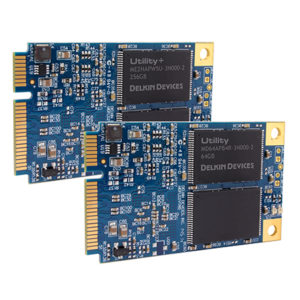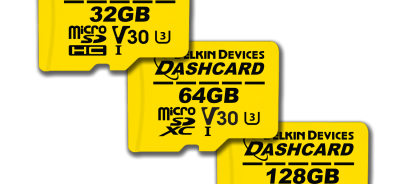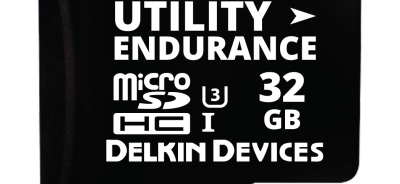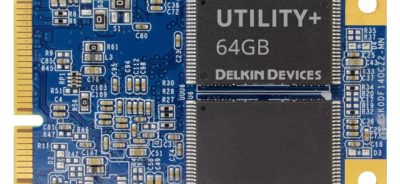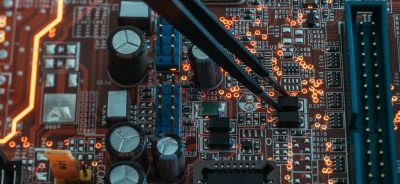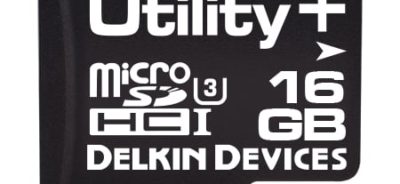SATA vs. NVMe
The ever-increasing use of data has resulted in an ever-increasing demand for faster data transfer rates. The speed of data transfer is largely controlled by the interface used by the drive. With more and more systems using SSDs—solid state drives—rather than HDDs, or hard disk drives, the data transfer rate of the interface is more important than ever. While HDDs seldom reach peak data transfer speed capacity, SSDs can, as long as the interface can support the speed that the drive is capable of handling. Two popular interfaces used with SSDs are SATA and NVMe. Although there are other interface options, most engineers and OEMs find themselves faced with a difficult choice of SATA vs. NVMe in their device designs. How do these interfaces compare? Here is what you need to know.
SATA
SATA is the most popular interface for SSDs today, perhaps in part because it is both the least expensive option and the best known. SATA is used in an enormous array of commercial and industrial products and has long offered users a reliable solution for SSD interface needs.
There are a few drawbacks to SATA, however. First, it is difficult to expand when using SATA, because hosts generally cannot have more than six SATA devices at any one time. The other major issue is the limit on transfer speeds. The newest version of SATA is more than a decade old, and it uses the legacy AHCI protocol. AHCI was designed for use with rotating HDDs, not SSDs, which is a further drawback on operation potential.
NVMe
NVMe is designed specifically for use with NAND flash, which is the storage format used in SSD devices. It uses PCIe to allow easy growth for host systems, without limits on the number of devices that can be used. It also provides a direct CPU connection for fast data transfer speeds, and frees up room in the storage device stack.
NVMe can deliver significantly higher data transfer rates than SATA systems. The drawback for many engineers is that NVMe interfaces are more expensive—and that so many devices already have SATA interfaces. However, as NAND flash becomes standard, it is possible that NVMe could replace SATA in terms of popularity.
Discuss your questions about SATA and NVMe interfaces and your embedded storage needs with Delkin. We’re ready provide the information you need to ensure your application can deliver optimum performance.
 Login
Login Register
Register


